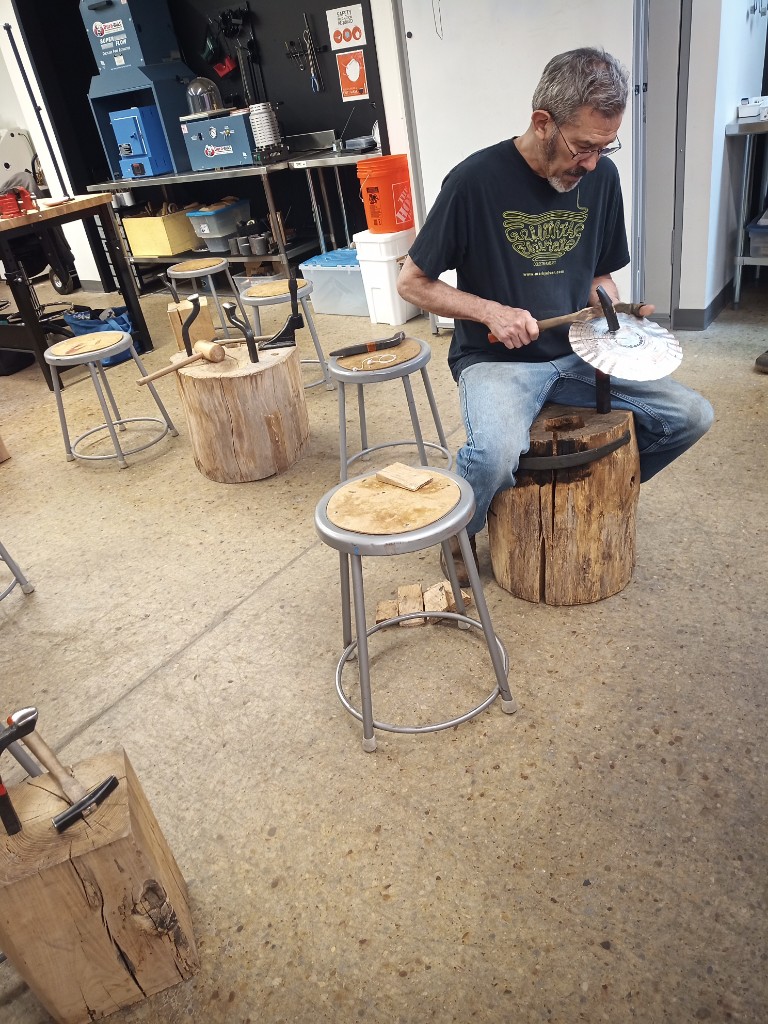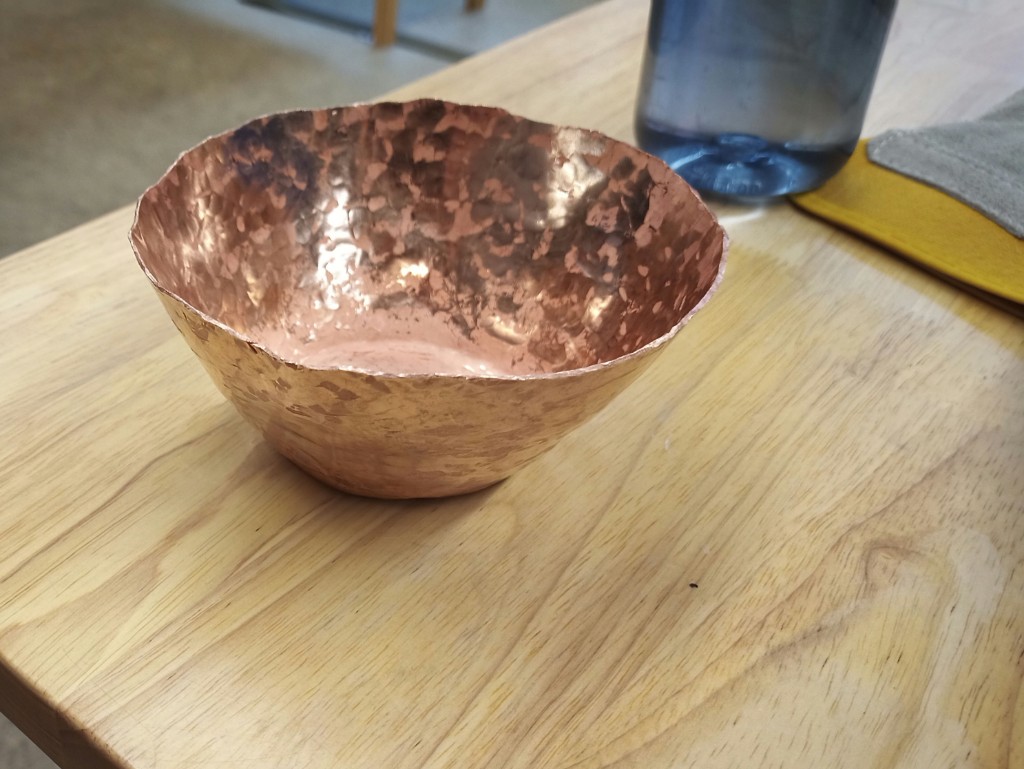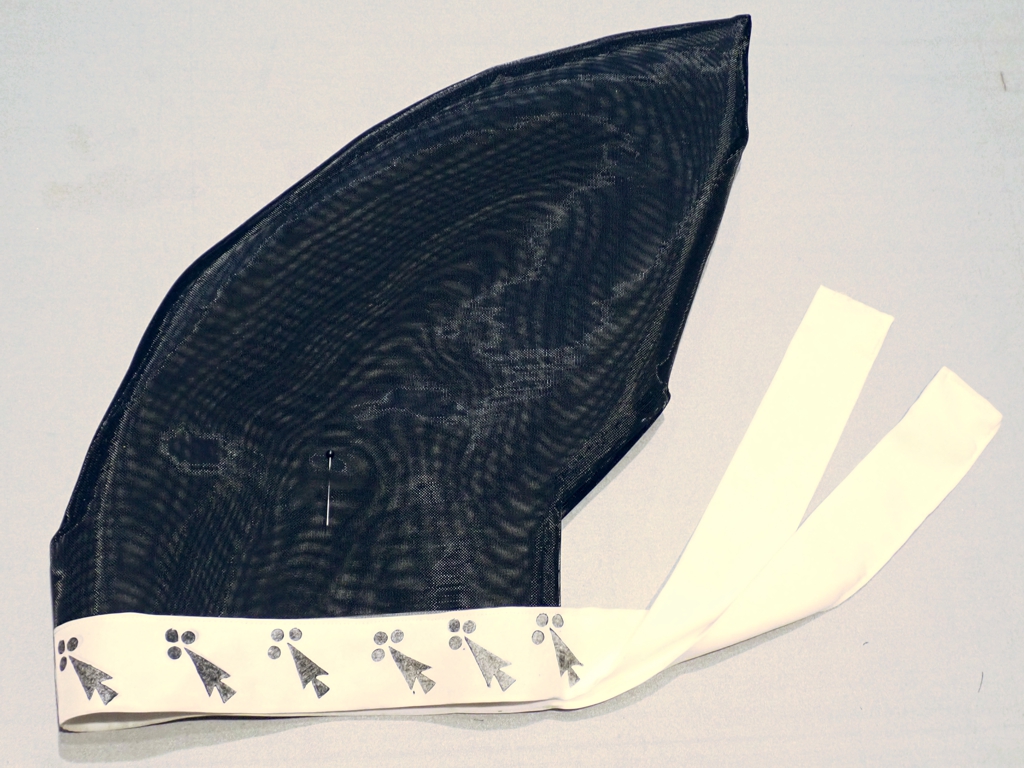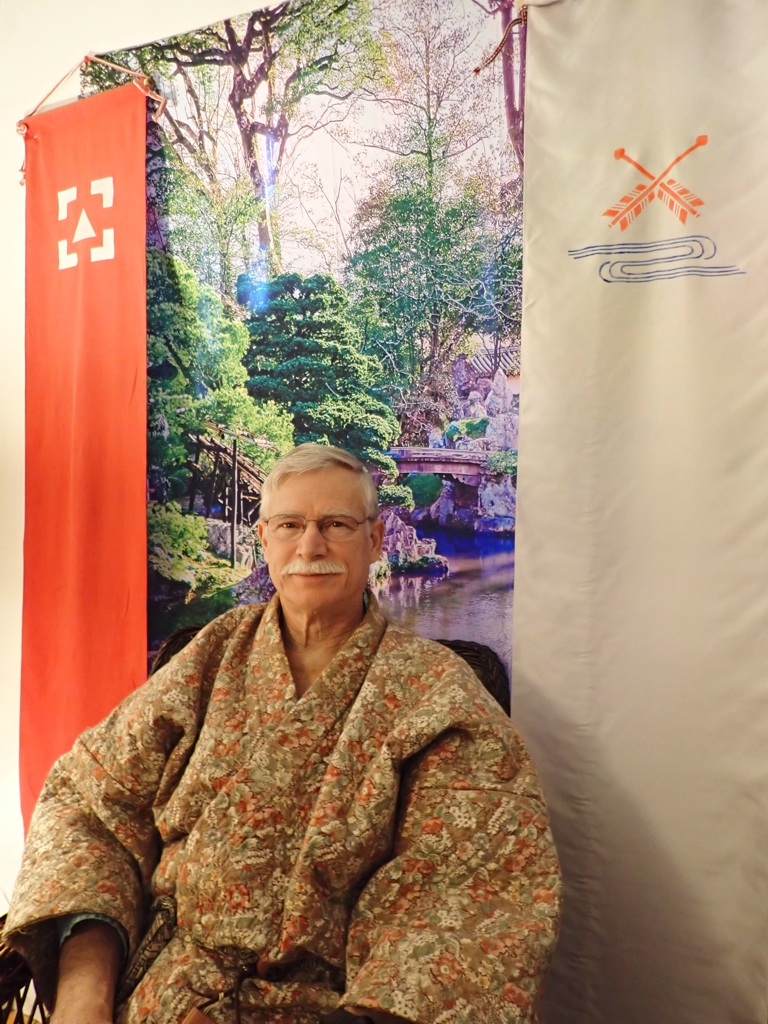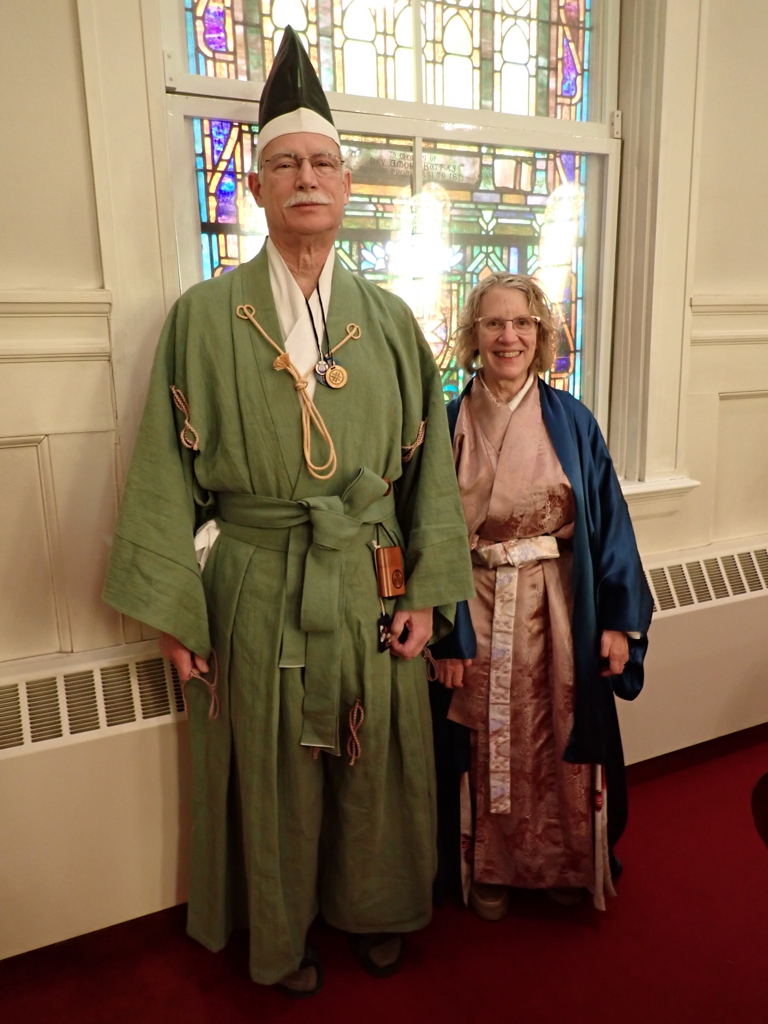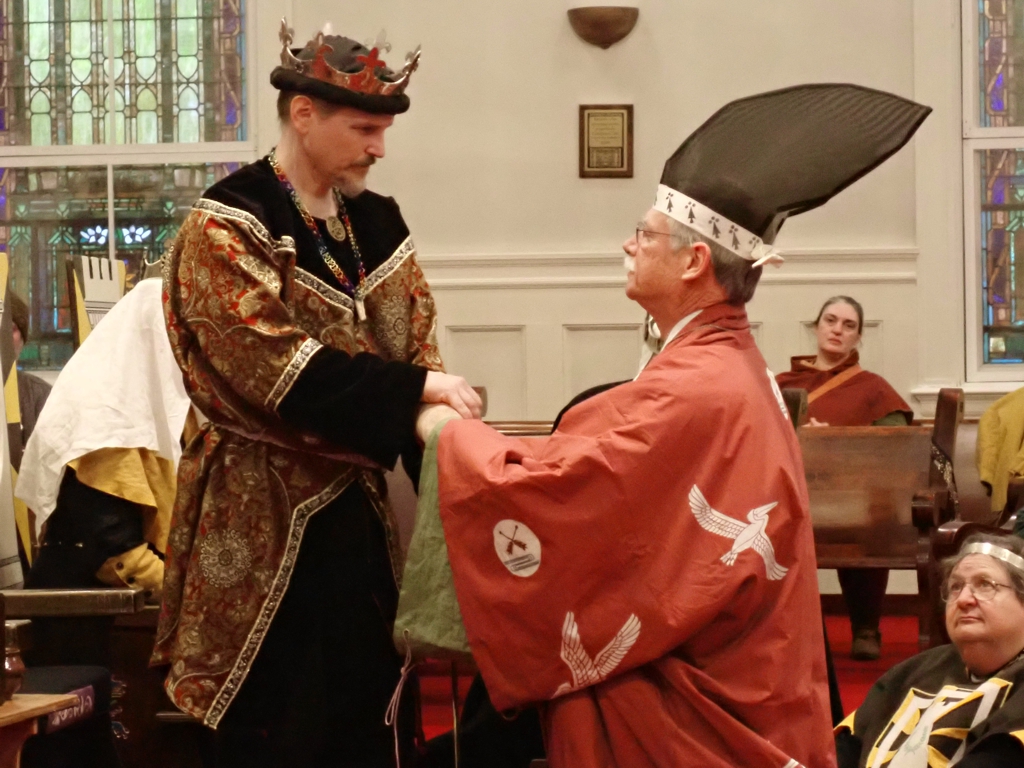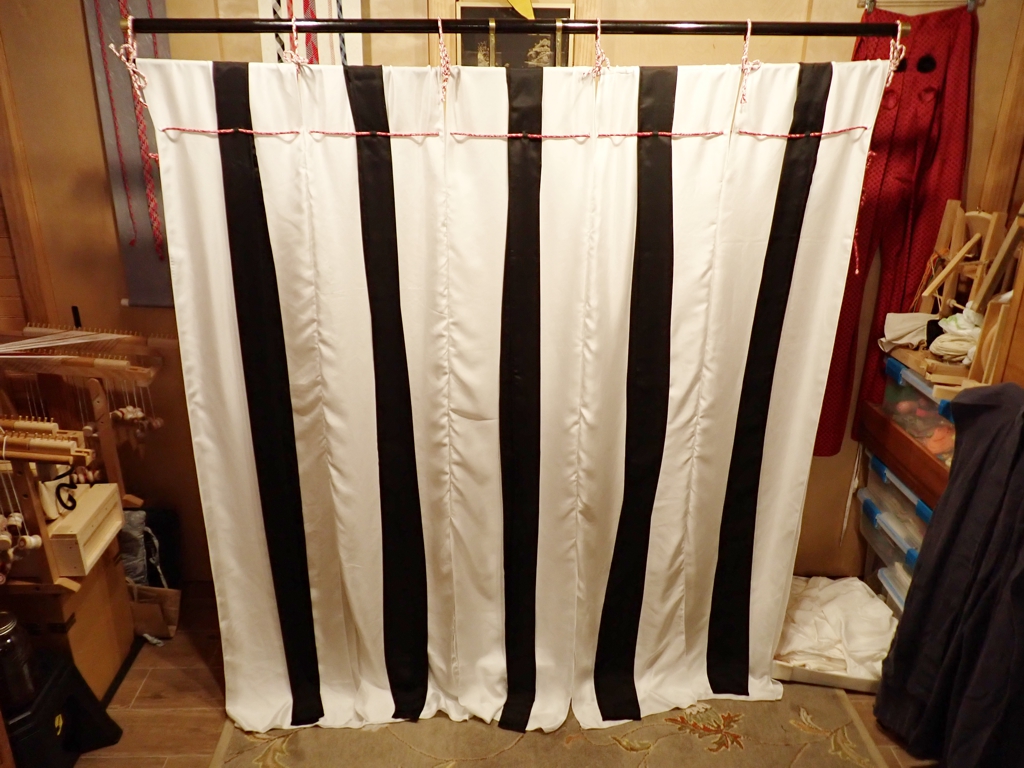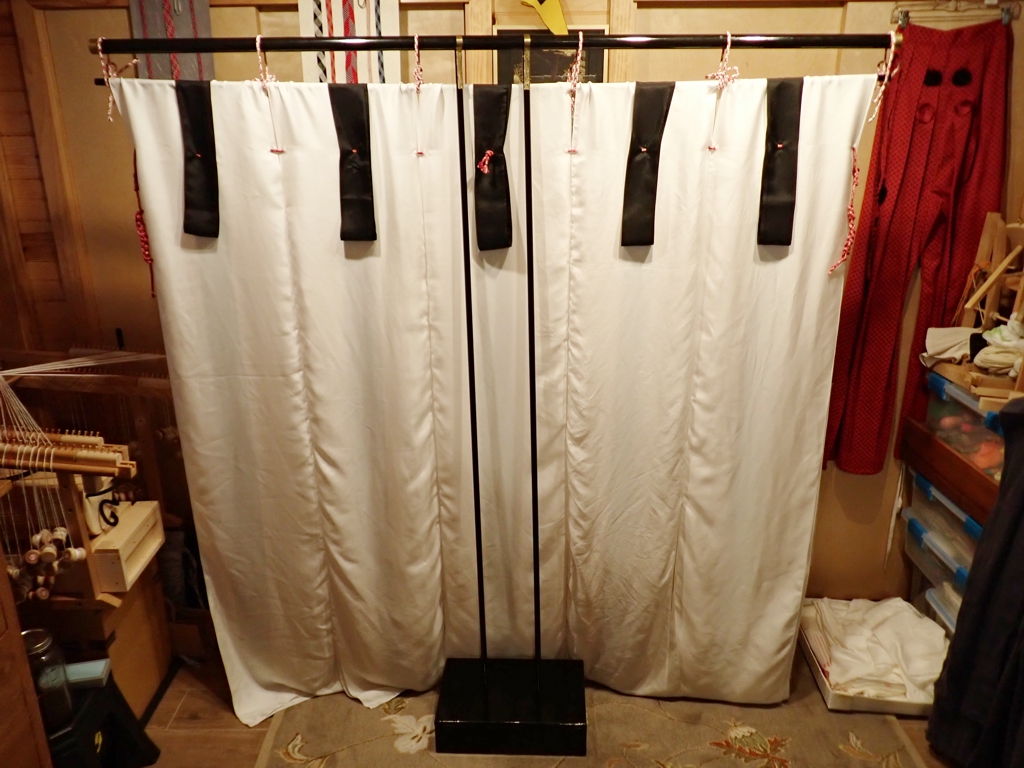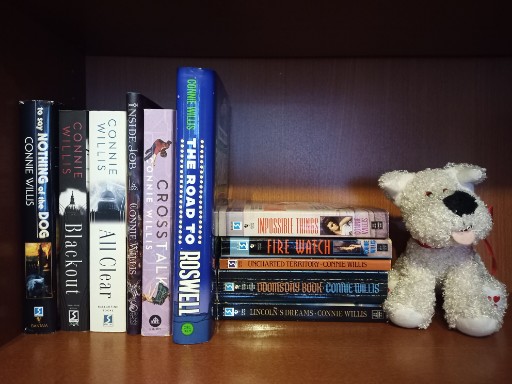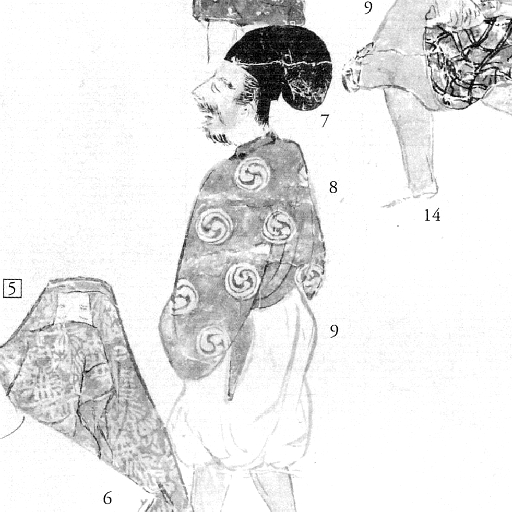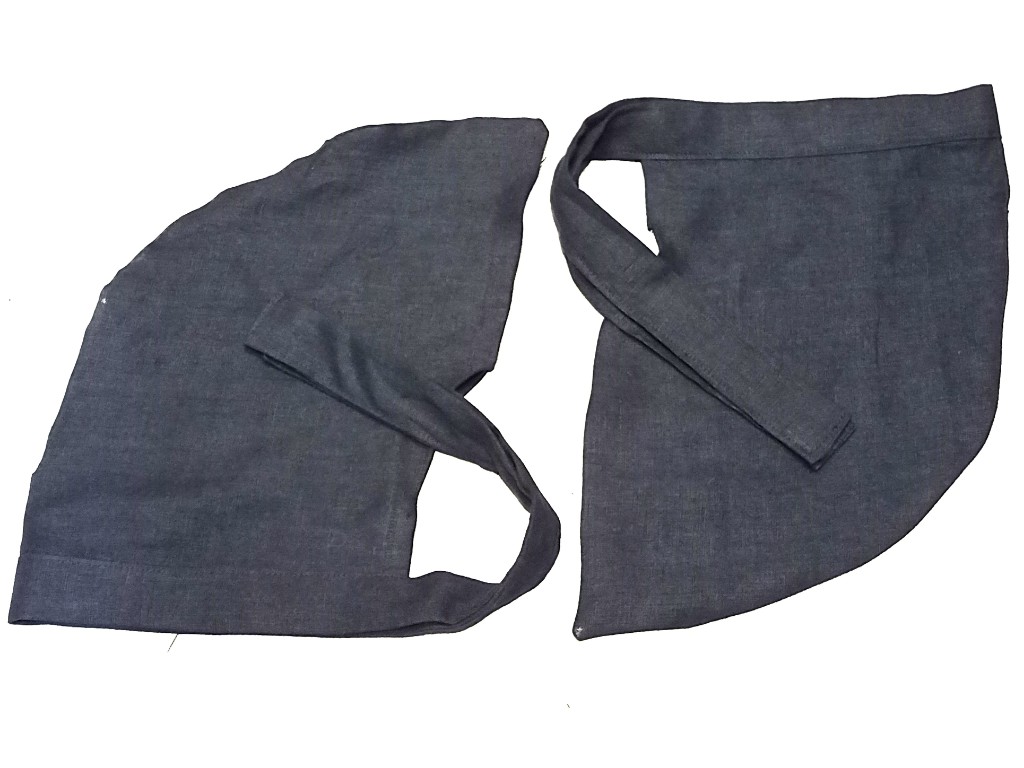Last weekend I had my Saturday open up unexpectedly, so I signed up for a Japanese-style metal raising class that was being given at Contemporary Craft at their new Lawrencville location here in Pittsburgh. By “raising”, they mean starting from a flat disk of metal and hammering it near the edge of a stake anvil to “lift” the material out of the plane of the disk and shape it into a bowl, cup, or other hollow vessel. I wound up making this bowl!
Apparently, the difference between Japanese raising and Dutch raising is that in Japan they work from the center outwards in concentric rings, and the Europeans work from the edge inwards. Raising is different from other shaping and forming techniques in that instead of shifting the form overall, you are essentially shaping each little spot with precise hammer blows. You have to concentrate on applying a consistent amount of force with each strike, and work each strike into a continuous curve.
I’m really happy with my bowl overall, especially for a first time thing. I was having a little trouble in the class at first. There were some more experienced metalworkers in the class and I was such a newbie that I needed help with the torch for annealing. I was struck by how long it’s been since I actually learned a new skill completely from scratch. I kept with it and started to catch on, but it was really very helpful to recognize that the way I was feeling was normal, it’s just that I haven’t felt like that in a while.
This craft needs an awful lot of specialized tools, so I’m not sure how much of this kind of work I will be able to do at home. I certainly learned a lot in this one class, though. It was definitely a good opportunity to learn a new skill, and meet a new teacher.
